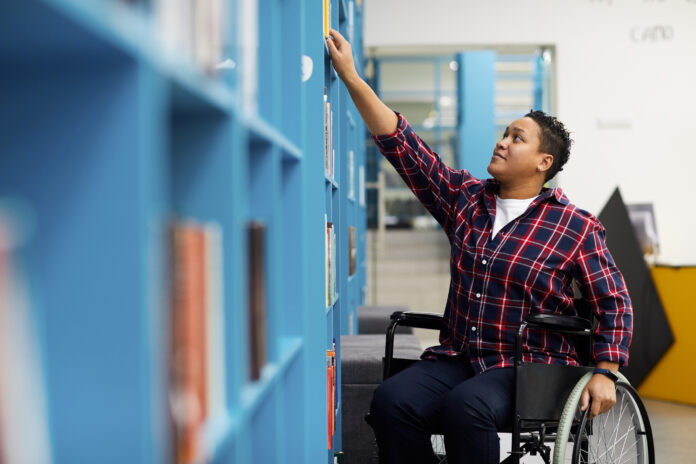By Ben DeGrow
The end of November marks the 45th anniversary of watershed federal legislation now known as the Individuals with Disabilities Education Act. The law enshrined the idea that every child with disabilities is entitled to a meaningful education that is inclusive as possible. Even though time has changed many perceptions of what students with disabilities can achieve, progress toward fulfilling the vision has left many dissatisfied.
This year’s experiences with pandemic learning have only mounted the frustrations. The sudden onset of COVID-19, with its many unknowns, challenged schools’ ability to help students with special learning challenges. Many people, including the Onyx family in Oakland County, have pleaded for face-to-face educational opportunities as “indispensable.” Both of their children need consistent access to aides and therapies that were suddenly denied to them when school buildings closed in the spring.
Similarly frustrating experiences in other states prompted a nationwide class-action lawsuit from parents who demand either in-person learning or direct funding to take care of their own emergency educational needs. A few states have provided the latter option. Texas and Ohio, for example, have provided direct education grants to families of disabled students.
Michigan is not yet among them, but there have been some improvements since the spring. This fall, about half of Michigan’s school districts have offered in-person instruction to special-education students. Districts are somewhat less likely to offer that option to other learners, and many families need that opportunity.
For their sake, the goal cannot be simply to return special education to its pre-pandemic reality. In 2018, Michigan was the only state to receive a critically low rating from the U.S. Department of Education for the quality of services delivered to students with disabilities. Michigan subsequently earned a reprieve from the threat of federal intervention, but the outlook for those who receive these services has not improved. Too many Michigan students with disabilities keep missing the mark in reading by a wide margin, while their success in math has actually trended down.
For more than two decades, many Michigan students with disabilities have had access to a tax-funded alternative in the form of charter public schools. While these options represent an improvement for some students, critics fabricate inaccurate claims about them. A September report from the Michigan Civil Rights Commission asserted that charter public schools don’t have to follow state special education laws, though the state education department clearly explains otherwise.
Some critics more subtly insinuate that charters quietly but systematically dissuade enrollments from students with disabilities. Last year, 10.9% of charter public school students qualified for an Individualized Education Program due to special learning needs, compared with a rate of 12.7% in district schools. That gap is slightly smaller than it was in 2015.
Both then and now, local funding policies in the state’s most populous county continue to account for most of the disparity:
The Wayne County Regional Educational Service Agency, the ISD that covers Detroit Public Schools and 32 other districts, operates center-based programs for students with “more severe impairments.” These programs, housed only in conventional districts, receive access to millions in Act 18 local millage funding, and likely contribute to the districts enrolling more special needs students than charter schools in the county.
Setting aside this one region results in a different picture. Four years ago, the special education enrollment gap between Michigan districts and charter schools outside Wayne County was 0.9 percentage points. Today, the disparity is half that size. Excluding hearing- and vision-impaired students, as well as students with autism, the district and charter rates of IEP students stand identical at 11.2%.
Fixing some local funding arrangements would help charter schools serve even more students who need an IEP. Yet for parents, having options within the public education system is often not enough. To get their children needed services, some, desperate and persistent, have been left with the recourse of lengthy and costly legal action, or switching to private education or intensive individual tutoring. Such expensive options are neither ideal nor practical for most families, as they cannot afford to forego access to tax-funded resources to help their children.
Our education system’s experience with the pandemic highlights the paramount importance of flexibility. No single option helps everyone, especially among students who have special learning needs. Nearly half a century after the establishment of a breakthrough federal law, it’s time to reimagine how Michigan can raise the bar for all students with disabilities by freeing up dollars to restructure the system around student and parent priorities.
Originally published by the Mackinac Center for Public Policy. Republished with permission.








